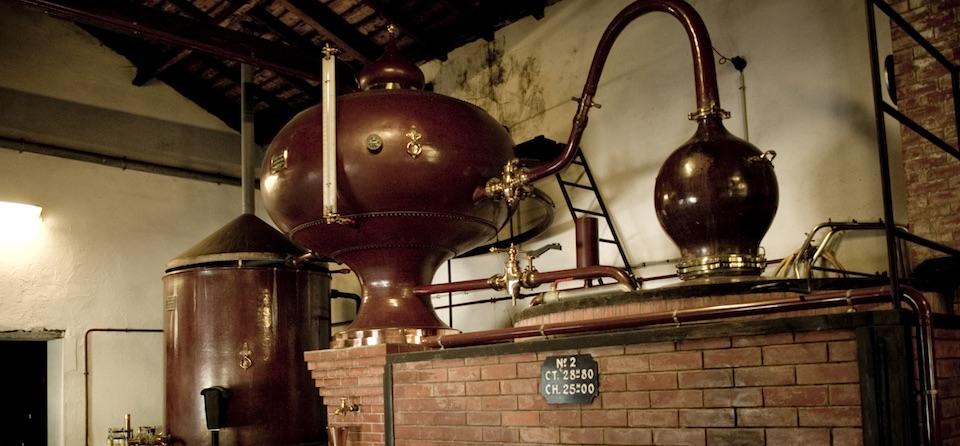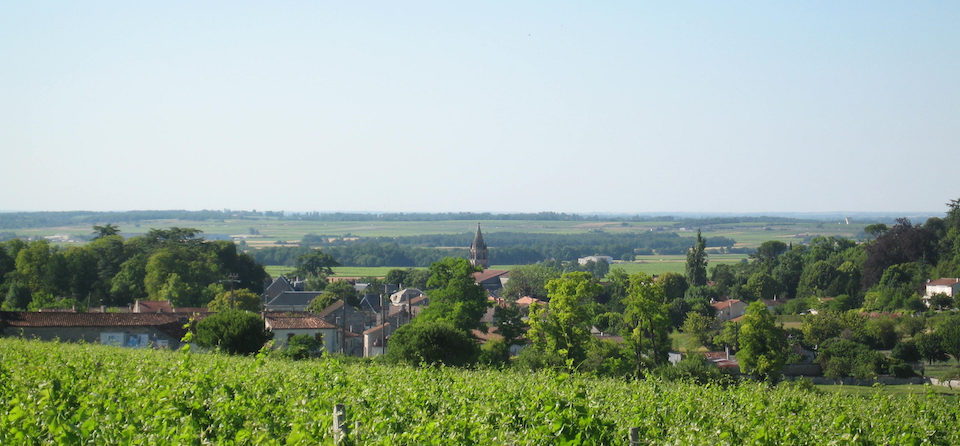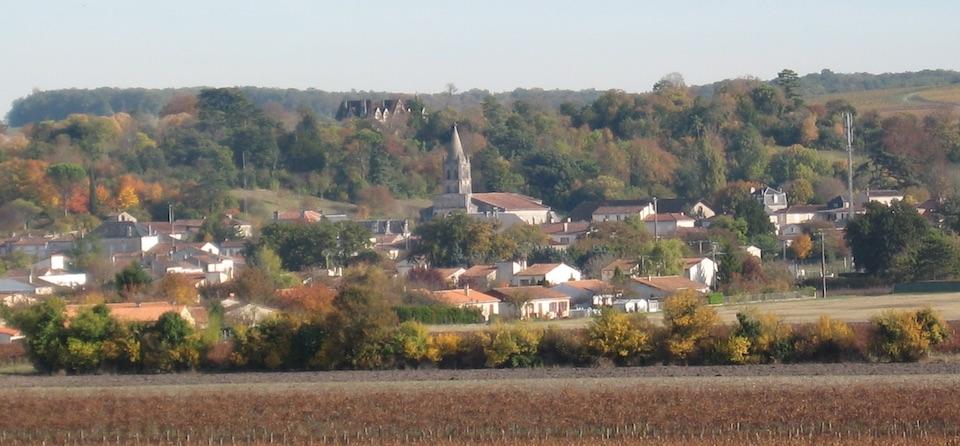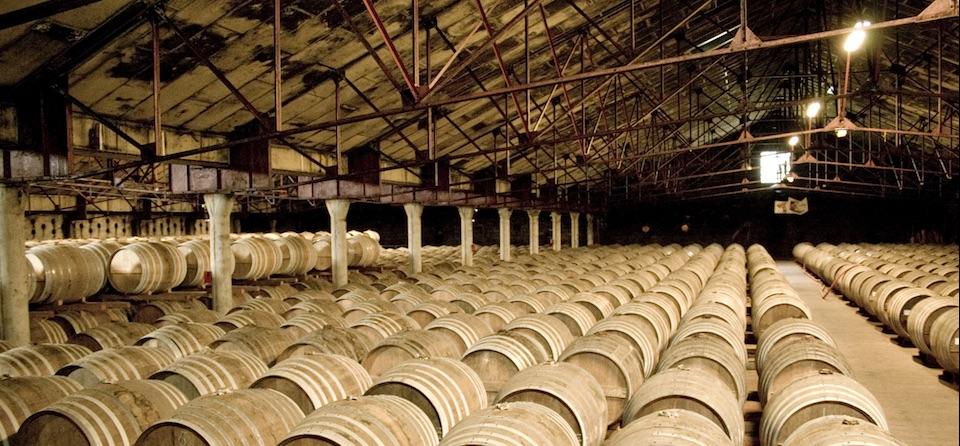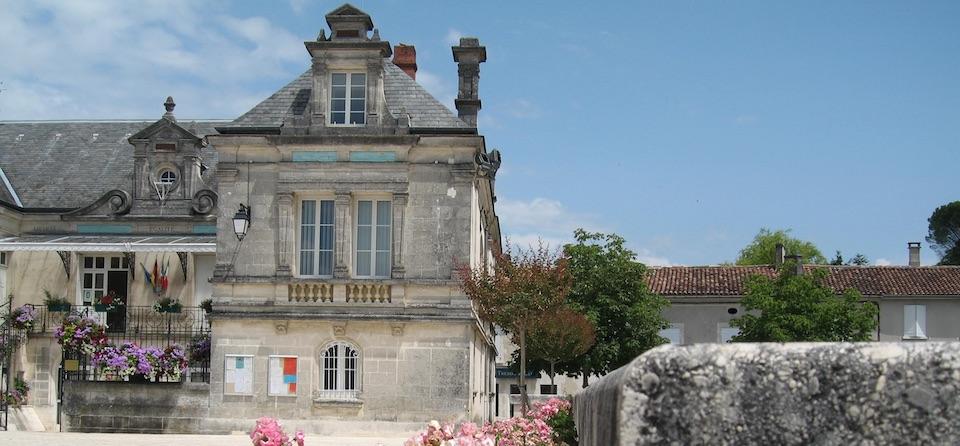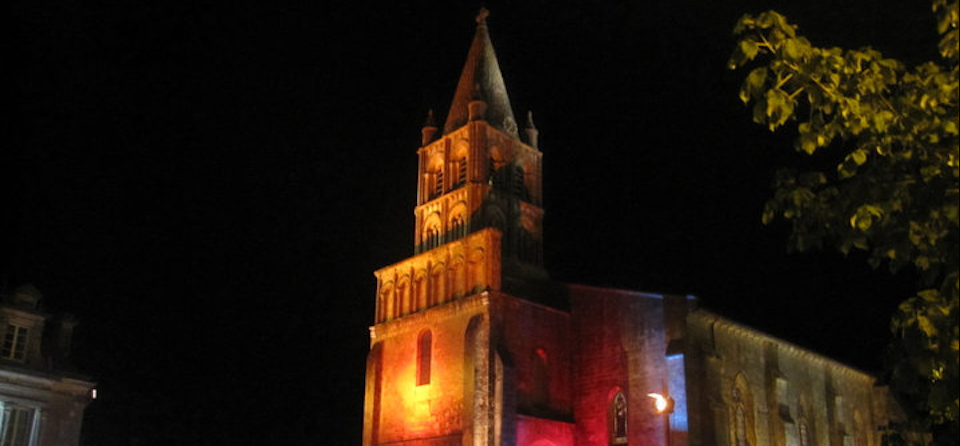- Phone: 33 (0)5 45 83 40 41
- Mail: mairie.segonzac@wanadoo.fr
- Web: http://www.slowfood-segonzac.com/
Segonzac
Member of the French National Network
Geography
Segonzac is a community of 2200 inhabitants and is the canton's principal town, situated in the west of the Charente Department in the catchment area of the town of Cognac. Its lands cover 3518 hectares, of which 1890 are in vines. Its inhabitants have a reputation for being laid-back, which inspired the writer Rabelais, through the words of Pantagruel, to say that Segonzac was in "slow-poke" country. In fact, the segonzacais (as the towns people are known) are reflective and determined. If they have chosen the escargot (snail) as their emblem it is because this little mollusc moves forward slowly but surely without a backward glance! Despite its modest size, Segonzac prides itself in being renowned worldwide. Its soil produces the most famous of spirits: the Grande Champagne (1er cru) cognac. This elixir is a prestigious ambassador, famous on all five continents. According to a local legend dear to our hearts, it was in Segonzac, at the beginning of the XVIIth century, that cognac was discovered by a country gentleman - the Chevalier de la Croix Marron.
History
Several archaeological digs have revealed a Neolithic settlement, dating from around 5000 BC, on the sites of Biard and Font Belle. After the Gaul conquest, the Romans colonized this rural area by establishing villas. According to etymologists, the name Segonzac comes from 'secundus' (the latin word for second -this being the domain of 'secundus') and 'ac' designating a villa in the land of 'Oc'. Gallo-roman villas were ransacked during the heavy invasions of the Huns, the Francs, the Visigoths, the Arabs and then the Vikings and a massive intermixing of the population took place. The proximity of two major roads, much travelled at the time - the 'chemin Boisne' a roman road linking Saintes to Périgueux, and the road called 'le Saint Fort', an ancient gaul north-south axis - appears to be a contributing factor in the survival of our ancestors who probably did as much highway robbery as labouring! The 100 years war extremely violent. The country was devastated and the inhabitants wiped out. Repopulation began, at the end of hostilities, with the influx of new settlers. The many hamlets beginning with 'Chez' date from this period and recall the surnames of these new arrivals. The 'segonzacais' were predominantly protestant. A reform church was founded in 1558. The religious wars of 1562 saw the burning down of this parish church.
Heritage
Despite several times being sacked through the centuries, the church remains witness to this turbulent past. Its XIth/XIIth century romanesque tower and gothic apse are classified as historic monuments. The existing protestant church (Temple) is the third to be constructed since the Edict of Nantes. It is the largest in the Department - testimony to the importance of the reform church. In her verdant setting, Segonzac makes a prestigious stopover. The traveller will appreciate the quiet, the charm of a proud town, abundant with flowers - as well as, in the surrounding hamlets, the fine dwellings protected behind their traditional porches. Walkers will be seduced by the myriad facets of the vines, surprised by the springs and overwhelmed by the view points of which the highest has an orientation table detailing the panoramic vista.
Current projects behind the desires of belonging to 'Cittaslow'
· To be an ambassador for the Cittaslow movement and to participate in its development within France
· To develop cycle paths, footpaths and other 'calm routes' in order to improve the daily life of inhabitant and tourist alike
· With the competition 'Segonzac convivium Slowfood in the Grande Champagne' we envisage the putting in place of associative gardens and the organizing of a local farmers market
· Development of public services
· Development of green zones, such as the 'little park', with assured disabled access
· Development of sporting structures
· Support for local events and traditional cultures
· Support and value local craftsmanship
· Building of a natural waste depot including a study into an eco-area
Economy and local goods
The principal local production is that of cognac, with Segonzac in the heart of the 1er cru of the Grande Champagne. Numerous producers make the wine which is then traditionally distilled to obtain the cognac (more often than not at their own farmsteads in a traditional Alambic still). They then oversee the aging in oak barrels, allowing the cognac to develop all its aromas. A local legend has it that it was in Segonzac, at the start of the XVIIth century that cognac was discovered by a country gentleman - the Chevalier de la Croix Maron. The growing of the vines and the processing of the cognac take a longtime, patience thus is a large part of the work and life of these men of the earth! Other local traditional products: Pineau des Charentes and Charentewine. And more recently, truffles and saffron. Traditional craftsmanship is represented by a barrelmaker and a saddlery.
Markets and Fairs
On Sunday morning, there is a small market. A local fair (Foire-Exposition de la Grande Champagne) is organised every year, offering the classic stalls (agricultural materials, equipment, cars) as well as a variety of entertainment for all ages and tastes: pedal car race, spirits competition.....
University
Segonzac has one of the smallest universities in the world, nevertheless it welcomes students of all nationalities and is the only one to give diplomas in the laws, management and marketing of spirits andeaux-de-vie. Segonzac houses the Technical Institute of Vines and Wine for two of the Departments of Charente as well as the International Centre for Eaux-de-vie (CIEDV) and its 'spirithèque'. A branch of the Chamber of Agriculture has also recently moved to Segonzac
CONVIVIUM SLOWFOOD
This allows those who wish to join to meet and get to know local producers, to campaign to protect some traditional food products, organize tastings and workshops, encourage chefs to use local products, choose the producers for international events, work with education in the schools to develop taste and appreciation of quality in daily life.
Contact Slowfood Segonzac:
Jean Luc Montembault
Mayor - Michel Schaffter
mairie@segonzac.fr
